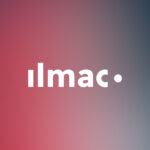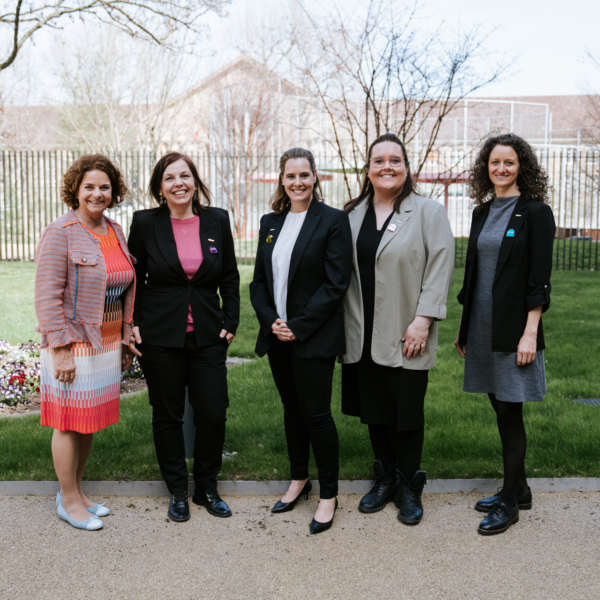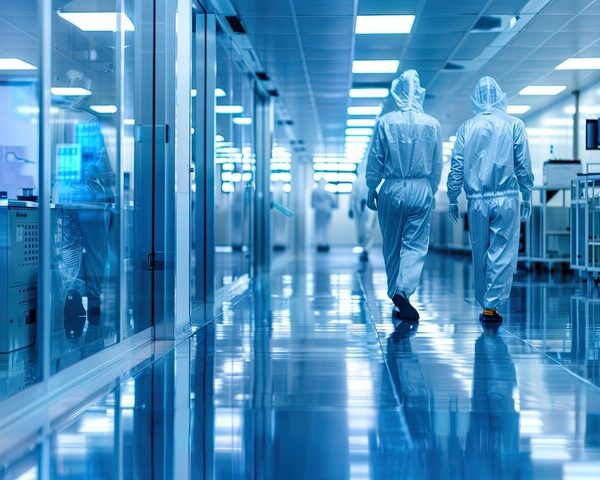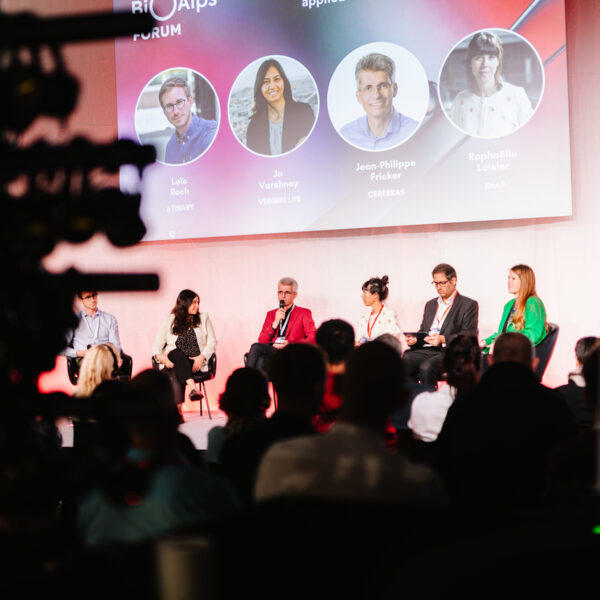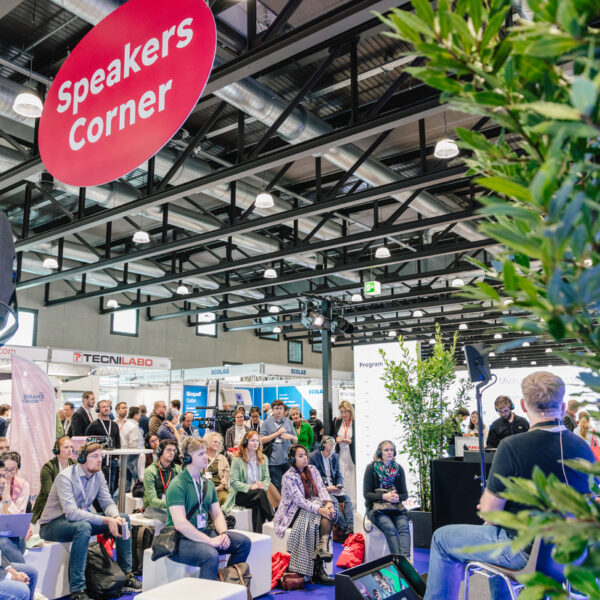In Lausanne, the individual workflow becomes a tangible reality
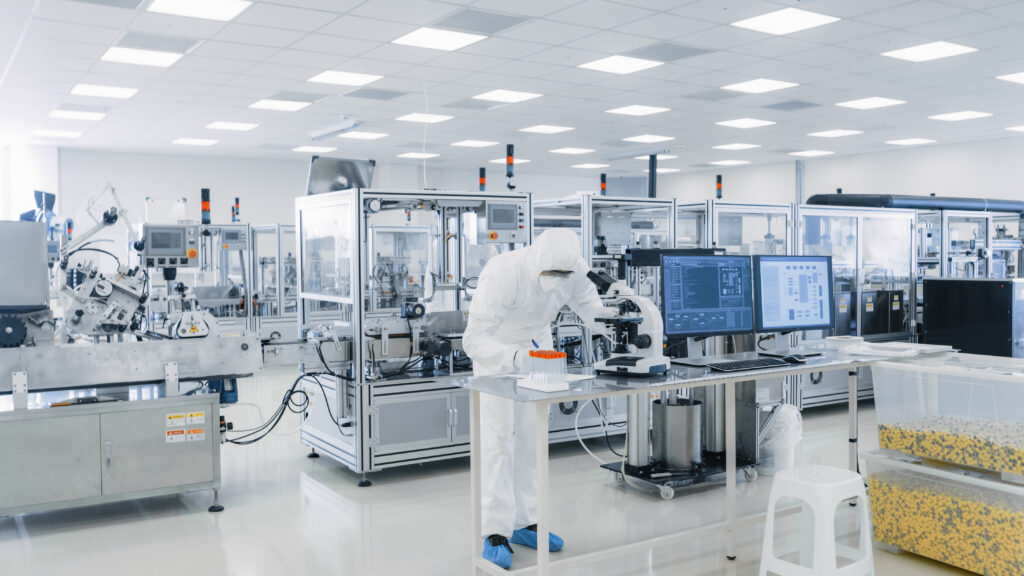
All laboratory devices and connected applications are finally speaking a common language. This is made possible by the laboratory standard LADS (Laboratory & Analytical Device Standard), which has been officially available since December. This will make Ilmac Lausanne 2024 even more interesting than it already is.
By offering visitors even more choice. They can now put together their own equipment pool – without being restricted to specific manufacturers or software limitations. Through comprehensive information and targeted selection, quality laboratories can save up to 50 percent on costs and up to 70 percent on delivery times through consistent networking, digitisation and automation, thus giving them a decisive competitive edge.
Subsequent and time-consuming programming of interfaces and drivers is now giving way to a Laboratory 4.0 with genuine plug-and-play. As a result, everything from magnetic agitators to high-performance liquid chromatographs (HPLC) with integrated mass spectrometers (MS) can be controlled using LAD-compatible smartphones or tablets. You can experience this first-hand at trade fairs and then implement it in your own laboratory afterwards.
Just a few years ago, it was still a minor sensation for an autosampler to be able to send a short text message to the lab manager who was on a beach vacation, if there was an emergency. Now, he can even fix the problem remotely. This makes controlling lab equipment from one’s home office, for example, a completely normal option.
Thanks to the team-play capabilities of LADS, this plug-and-play even extends into the spheres of automation and robotics, Pharma 4.0 and AI applications (artificial intelligence).
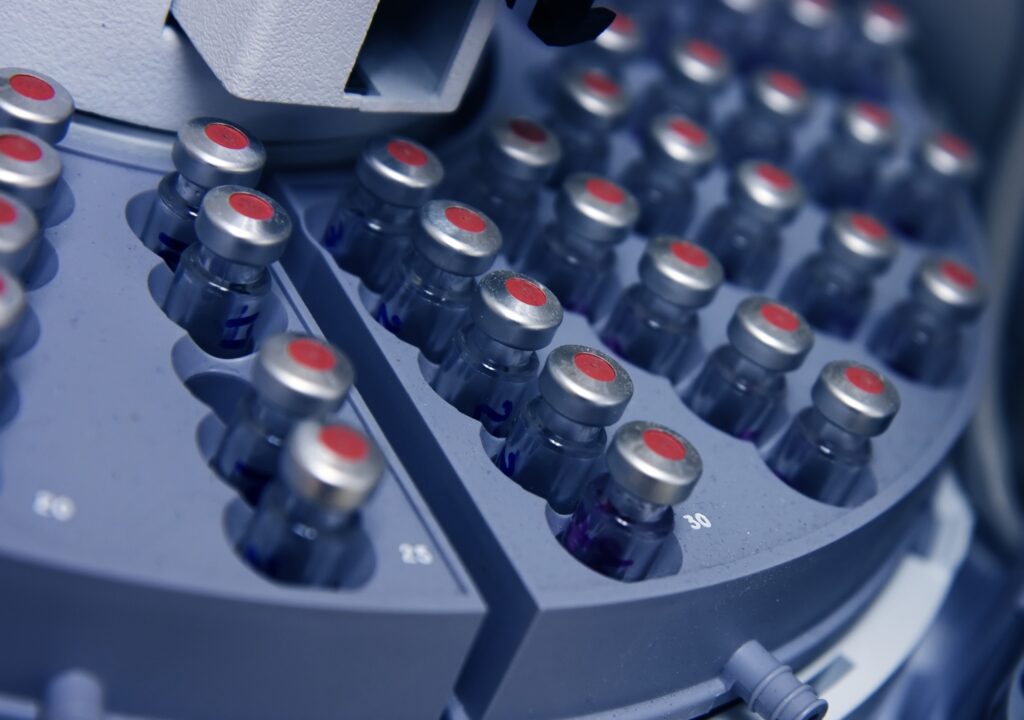
Robots can be used in many individual applications, such as sample preparation and sample supply. They are even able to work together with humans in teams in the form of cobots (collaborative robots). High levels of automation were initially achieved naturally in areas with a large number of samples, such as microbiological detection or testing water for sterile applications.
This type of “end-to-end automation” leads straight to a paperless laboratory. More importantly, human error is eliminated. Furthermore, by connecting the robotized analytical laboratory directly to production, or using online process analytics, factors that indicate malfunctions can be detected without delay and automatically translated into measures to prevent deviations or out-of-specification (OOS).
AI is also able to learn and thus, for example, accumulate experiences relating to the aforementioned factors. Artificial intelligence can then make adjustments to the processes independently, avoiding disruptions from the onset.
Here’s a brief example: samples arrive unexpectedly at the autosampler in a different order. The autosampler registers this, uses AI support to change the corresponding HPLC methods and also gives the MS detector and the downstream evaluation programs the necessary instructions.

The Ilmac industry event in Lausanne gives visitors a comprehensive overview of Laboratory 4.0, Pharma 4.0, automation and artificial intelligence in these and other areas of food chemistry and technology. This includes in particular the additional options that LADS now makes possible.
Visitors can explore these topics in even greater depth at the science-driven Ilmac Conference with many specialist lectures. On Thursday, 19 September, there will be group discussions at Ilmac on the topics “Latest Innovations and Outlook Laboratory 4.0” and “Artificial Intelligence and Machine Learning in Drug Development”, each including a case study presentation.
The agenda is available on Ilmac 365!

